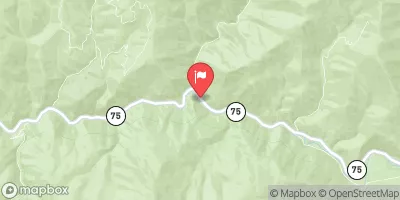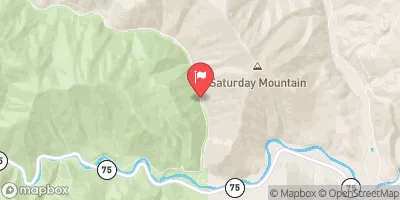Summary
The lake is home to several species of fish, including rainbow trout, cutthroat trout, and brook trout, making it a popular destination for anglers. The lake is also surrounded by stunning mountain scenery, providing a picturesque backdrop for fishing.
In addition to fishing, there are plenty of other activities to enjoy in the area, including hiking, camping, and boating. There are several campgrounds in the area, as well as a boat ramp for those who want to explore the lake by water.
When it comes to fishing tips, anglers should be sure to bring a variety of lures and baits, as different fish species may respond to different types of bait. It’s also important to be mindful of the fishing regulations in the area and to practice catch-and-release fishing in order to help preserve the local fish populations.
The best time of year to visit Stanley Lake for fishing varies depending on the specific fish species you are targeting. Spring and early summer are generally good times to catch rainbow and cutthroat trout, while brook trout tend to be more active later in the summer and into the fall. The average temperature in the area during the summer months is around 70 degrees Fahrenheit.
Weather Forecast
Nearby Streamflow Levels
Angling Safety Guidelines
Check local fishing rules, seasons, size limits, and license requirements to ensure legal and sustainable angling.
Handle Fish Responsibly
Use wet hands, minimize air exposure, and release fish gently to improve survival rates when practicing catch-and-release.
Choose the Right Gear
Match your rod, line, and tackle to the species and conditions to increase success and reduce unnecessary harm to fish.
Respect the Waterway
Avoid disturbing habitat, prevent bank erosion, and keep a safe distance from spawning areas to protect ecosystems.
Keep It Clean
Pack out all line, hooks, bait containers, and trash—discarded gear can injure wildlife and degrade waterways.
Related Links
Area Campgrounds
| Location | Reservations | Toilets |
|---|---|---|
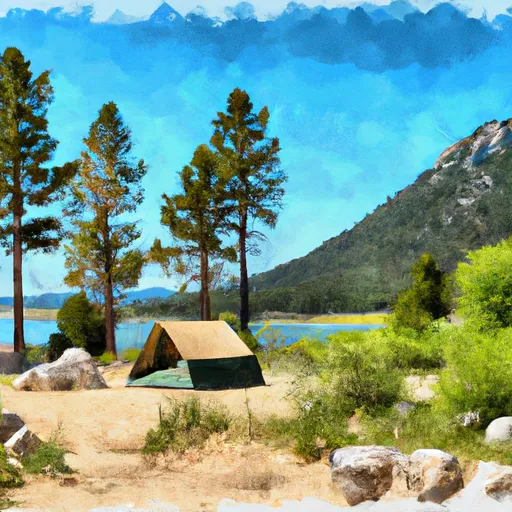 Stanley Lake
Stanley Lake
|
||
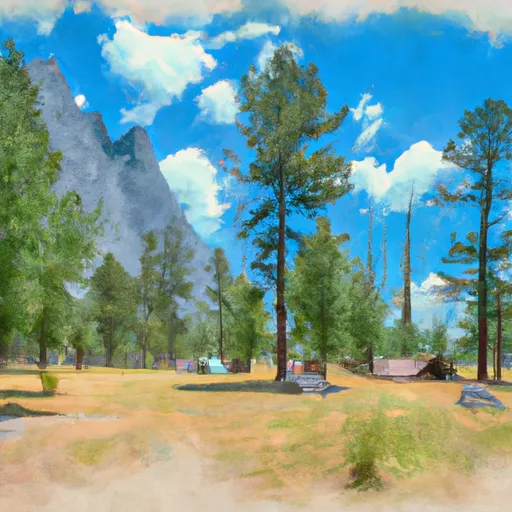 Site 12, Stanley Lk Cmpgrnd
Site 12, Stanley Lk Cmpgrnd
|
||
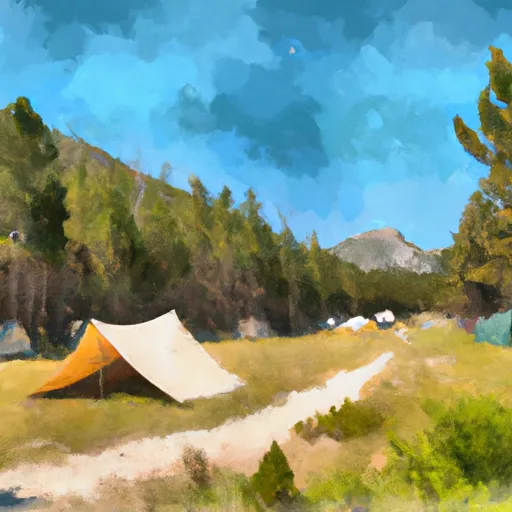 Stanley Lake Campground
Stanley Lake Campground
|
||
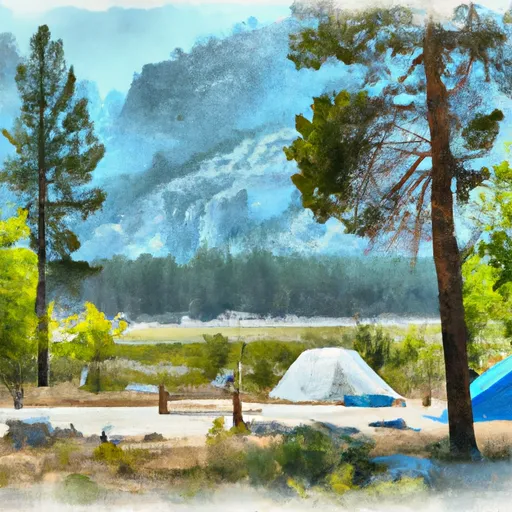 Stanley Lake Inlet Campground
Stanley Lake Inlet Campground
|
||
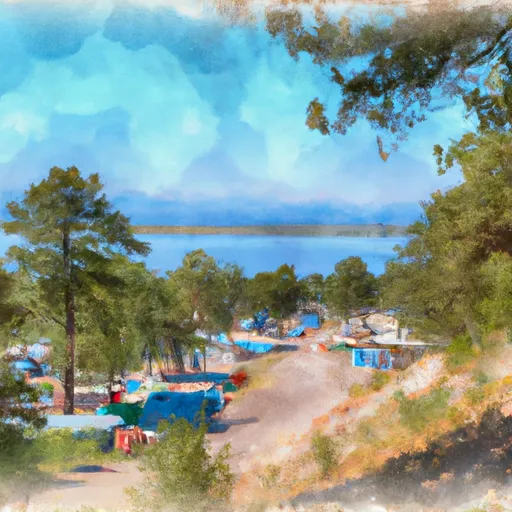 Lake View Campground
Lake View Campground
|
||
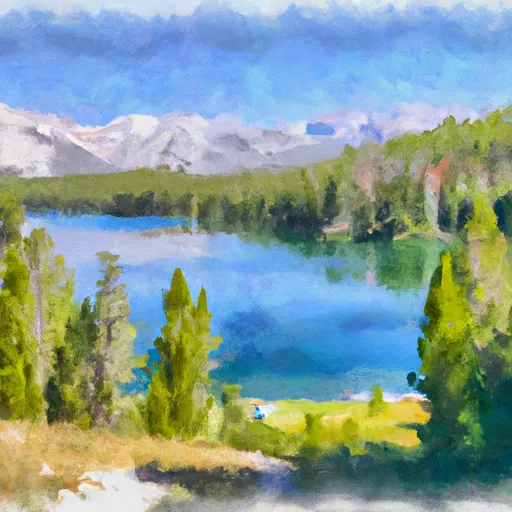 head of Stanley Lake, ID
head of Stanley Lake, ID
|


